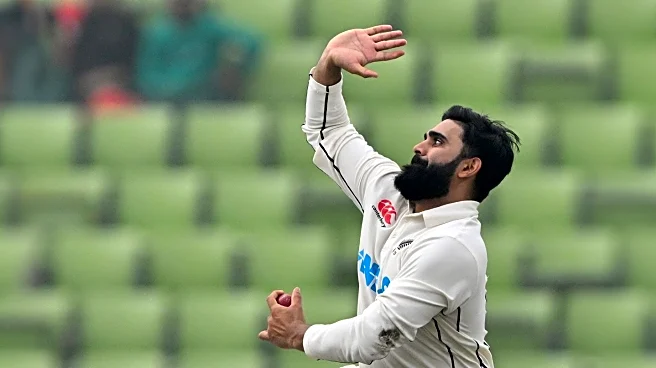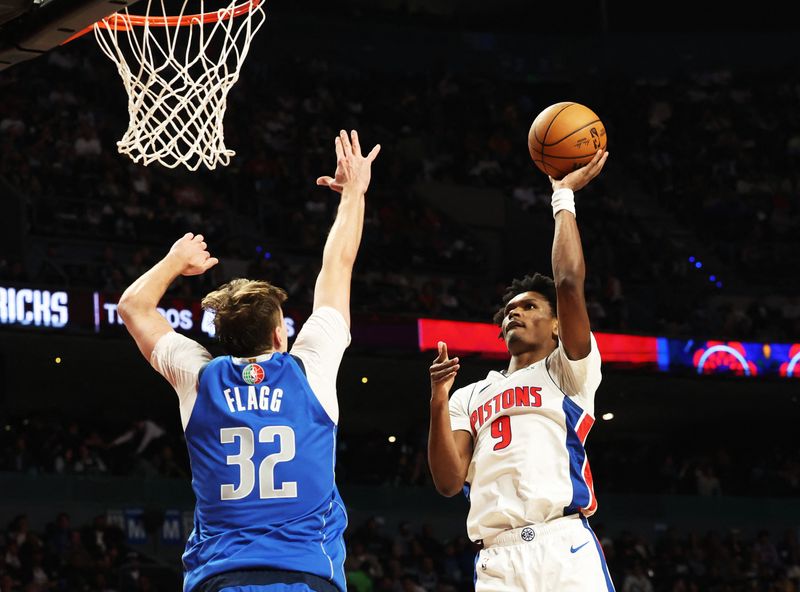What's Happening?
The patella, commonly known as the kneecap, is a critical component of the knee joint, playing a significant role in knee extension and protection. It is the largest sesamoid bone in the body, located
within the quadriceps tendon, and is essential for smooth knee movement. The patella's anatomy includes its apex, medial and lateral borders, and base, with a blood supply from the genicular arteries. Clinical conditions associated with the patella include Sinding-Larsson Johansson syndrome, patellar dislocation, and fractures, which are common in athletes and can result from direct trauma or prolonged inactivity.
Why It's Important?
Understanding the patella's function and associated clinical conditions is crucial for medical professionals and athletes. The patella's role in knee mechanics makes it vital for activities involving leg movement, and its injuries can significantly impact mobility and athletic performance. Conditions like patellar dislocation and fractures require medical intervention, often involving surgery, to restore function and prevent long-term damage. This knowledge aids in diagnosing and treating knee-related injuries, improving patient outcomes and athletic performance.
What's Next?
Future advancements in medical research and technology may lead to improved treatment options for patellar injuries. Enhanced imaging techniques and surgical methods could offer better outcomes for patients suffering from patellar conditions. Additionally, preventive measures and rehabilitation programs could be developed to reduce the incidence of such injuries, particularly among athletes and individuals with high physical activity levels.
Beyond the Headlines
The patella's role extends beyond its mechanical function, influencing cultural and social aspects of sports and physical health. Its injuries highlight the importance of proper training and conditioning in sports, emphasizing the need for awareness and education on injury prevention. Furthermore, the patella's study contributes to broader medical knowledge, impacting orthopedic practices and rehabilitation strategies.














